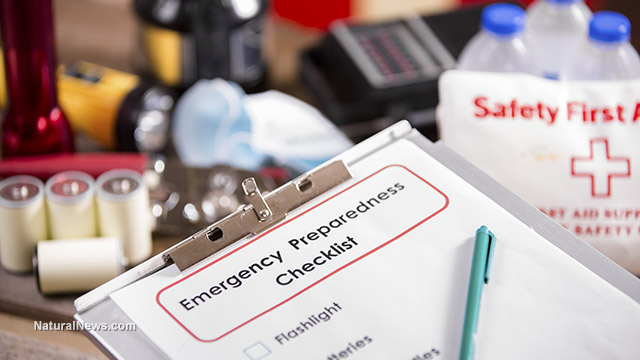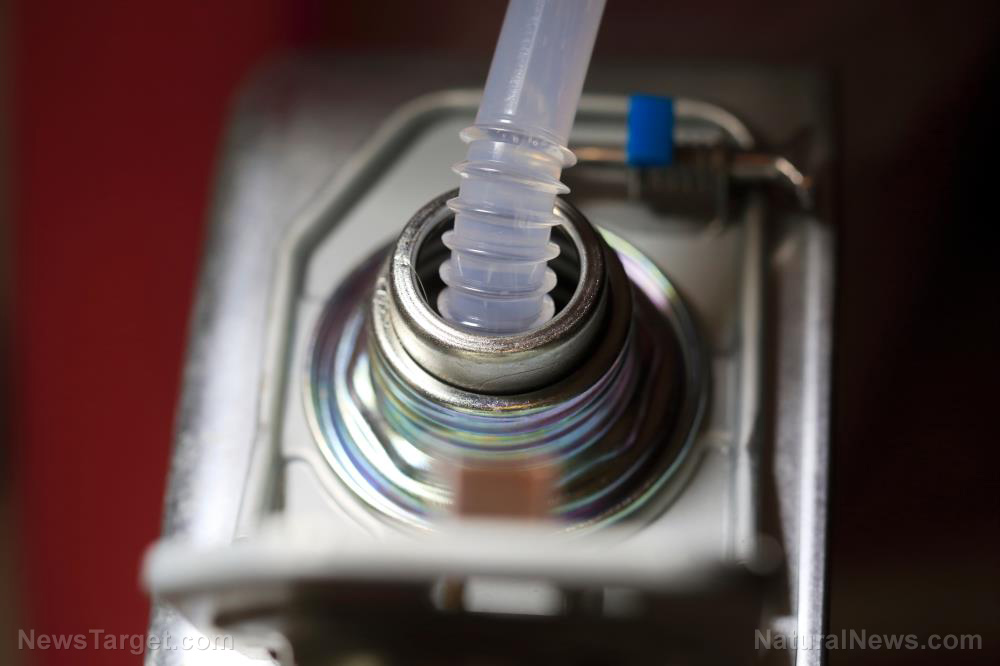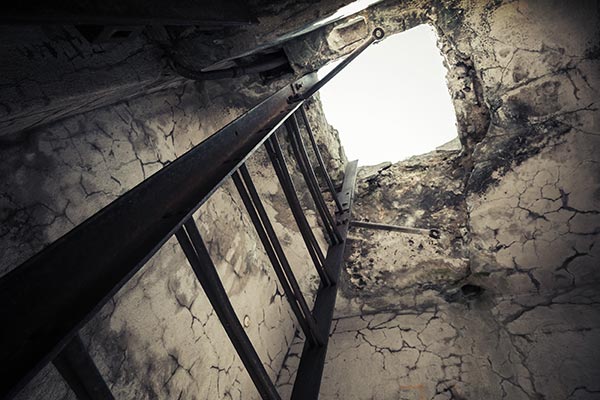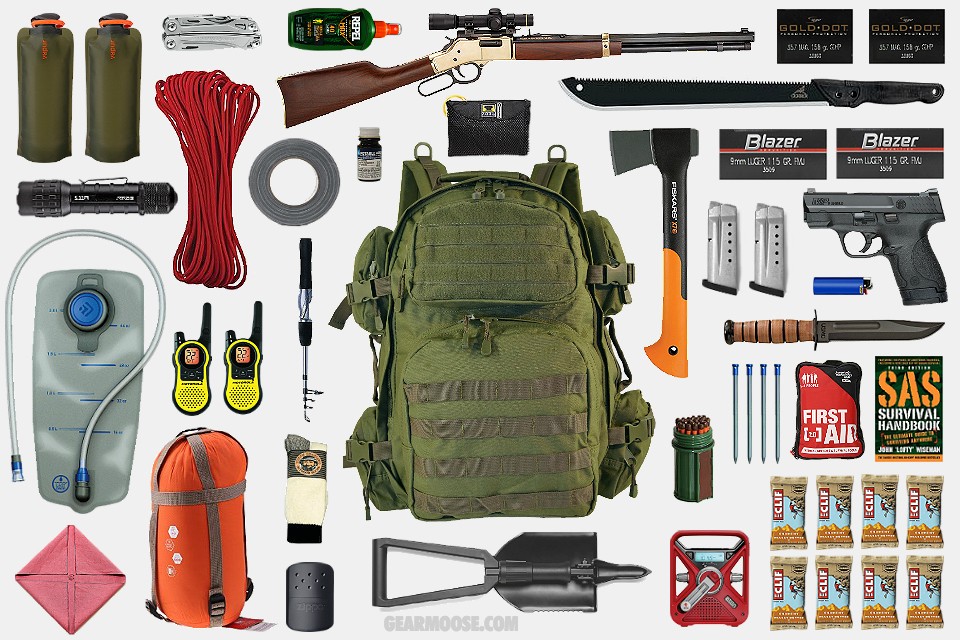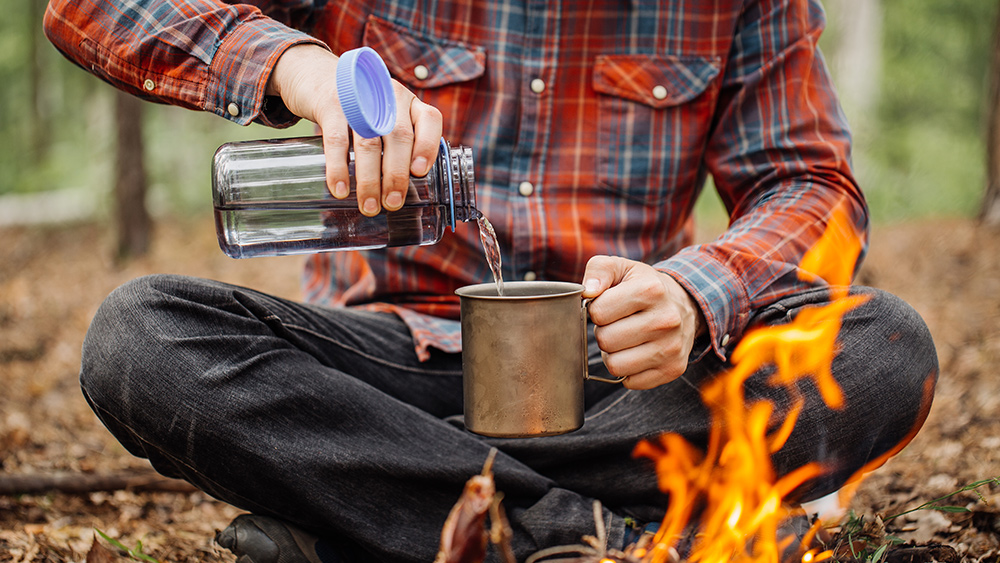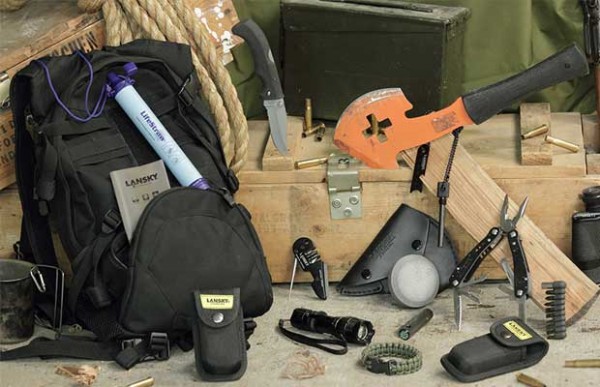10 Tips that will ensure you have enough food after disaster strikes
03/03/2021 / By Arsenio Toledo
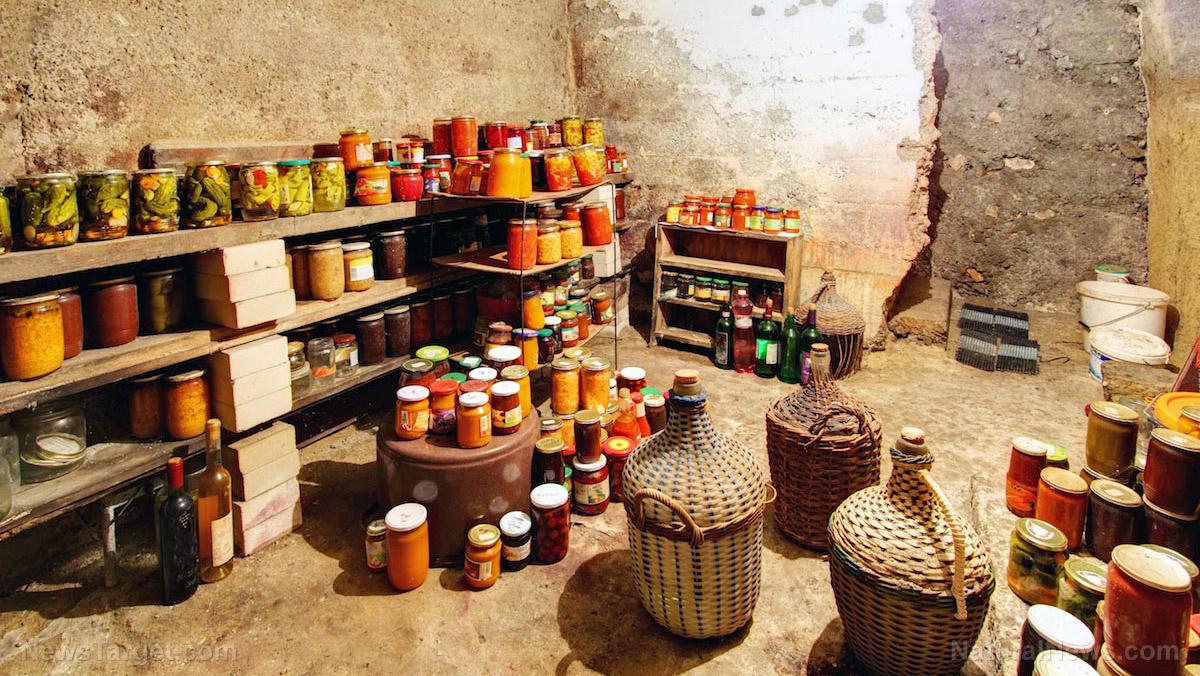
When SHTF, you need to make sure that you and your family have enough to sustain yourselves. While this is a difficult task, there are things that you can do to make it easier for you and your loved ones. Here are 10 tips that will help ensure your survival. (h/t to BackdoorSurvival.com)
Prepare for long blackouts
The power supply might become unstable when disaster strikes. This can be terrible for you if you rely on refrigerators to store your food. Consider getting a small, portable diesel or gasoline generator. Compared to large generators that can power entire homes, these are relatively inexpensive. However, their ability to supply power may be limited to a small number of appliances. If you’re in a pinch, a small diesel or gasoline generator can keep your refrigerator running.
Learn to preserve food
Alternatively, you can ditch the refrigerator and learn how to preserve food. Drying, smoking, boiling, fermenting or canning fresh produce allows you store them for longer periods without refrigeration. You will also be able to save money for other necessities since you won’t have to invest in a generator that requires a lot of fuel to function.
Store your food properly
You are your own worst enemy when it comes to food storage. Learn the six enemies of food storage (temperature, oxygen, moisture, light, pests, time) and figure out ways to overcome them. Double-check where you’re storing most of your food and figure out what can be done to improve your storage. (Related: Food storage tips: Why you need to stockpile wheat before SHTF, plus a recipe for “prepper’s bread”)
Get creative about storage
If you feel like you don’t have enough space for all the food you need, consider storing your extra supplies in other parts of your home. Walk around your house with a new set of eyes and think about where you can squeeze in an extra bag of this or a dozen cans of that.
Learn alternative ways to cook your food
Long blackouts mean you can’t rely on your electric stove to help you cook. Get an inexpensive wood or charcoal grill or make your own rocket stove. You can even consider less popular cooking sources like solar ovens, which rely on the sun for heat.
Learn to cook food from scratch
One mistake preppers make is buying pre-made and pre-packaged food, which costs significantly more. If you cook all your food from scratch, you make more food for a lot less money.
Grow your own food
If you want to save even more money, consider starting a garden and learning how to grow your own food. Whether it’s a large backyard garden filled with different kinds of vegetables or just a few flower pots on your window sill, having your own independent food supply will always be a huge advantage.
Take advantage of what’s around you
If you don’t trust your gardening skills, consider other ways of supplementing your food stores. If you live near a lake or a stream, learn how to fish. If you live near a woodland filled with deer, learn how to hunt. There are plenty of books and videos that can help you out. It’s not as difficult as you might think; it just requires a lot of hard work.
Keep quiet about your preps
During survival situations, even the friendliest neighbor can turn into a looter. This is why you need to zip your lips and keep quiet about how much food you have stored. If you brag about how prepared you are, someone listening might try their luck and steal your supplies. Consider investing in a home defense firearm, like a handgun, a shotgun or an AR-style rifle.
Become self-reliant
The only people you can rely on during disaster situations are yourself and your family. While your neighbors may mean well now, you never know what could happen once SHTF. The government will be too busy doing other things and will not be able to see to your needs.
Being prepared to bug-in when disaster strikes is not an easy task. However, if you follow these 10 tips and look up other survival guides out there, you may find yourself a lot closer to food security than you initially thought possible.
Sources include:
Tagged Under: bug in, disaster, emergency food, Food storage, food storage tips, food supply, Home Defense, home gardening, homesteading, preparedness, prepper, prepping, SHTF, survival, survival food, survivalist, sustainable living
RECENT NEWS & ARTICLES
COPYRIGHT © 2017 DISASTER NEWS


